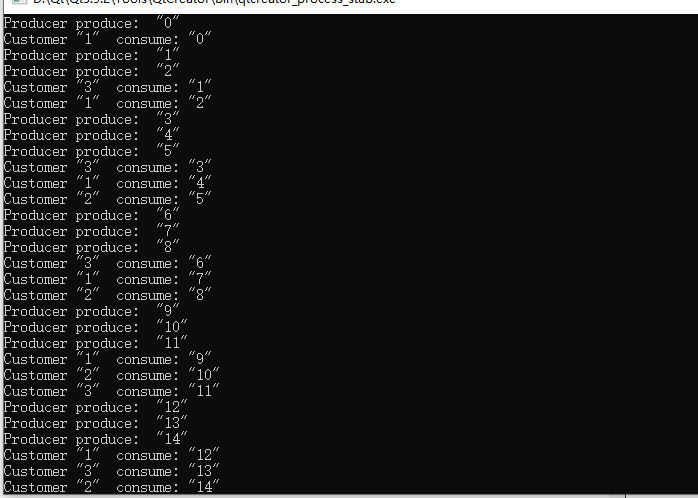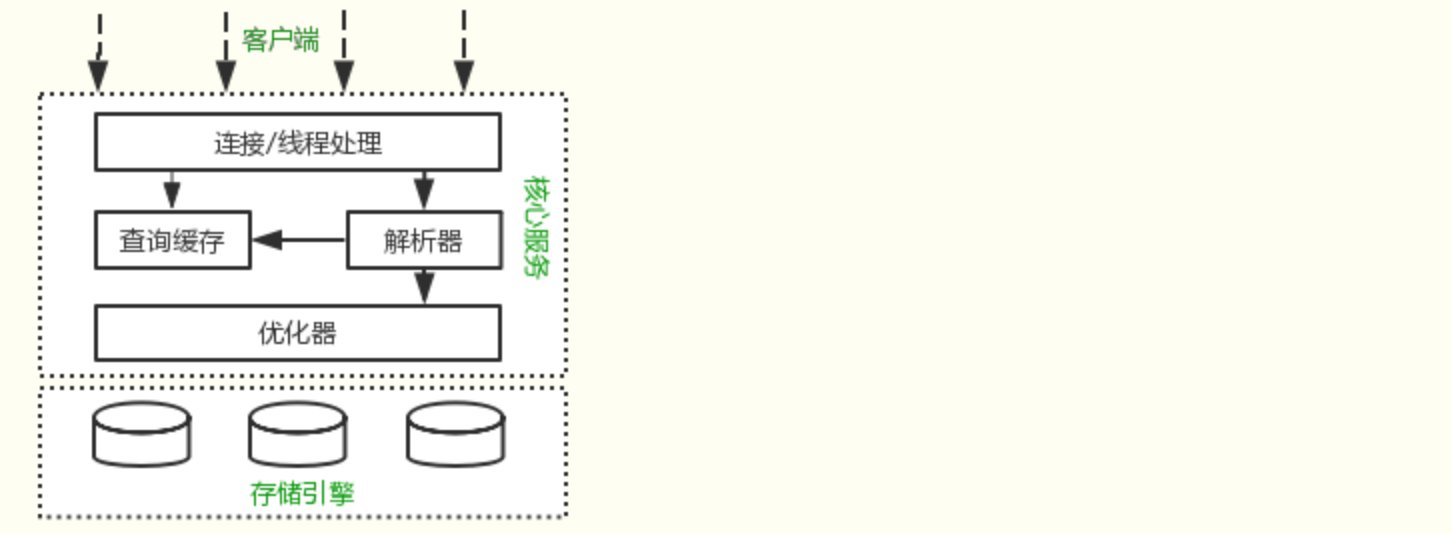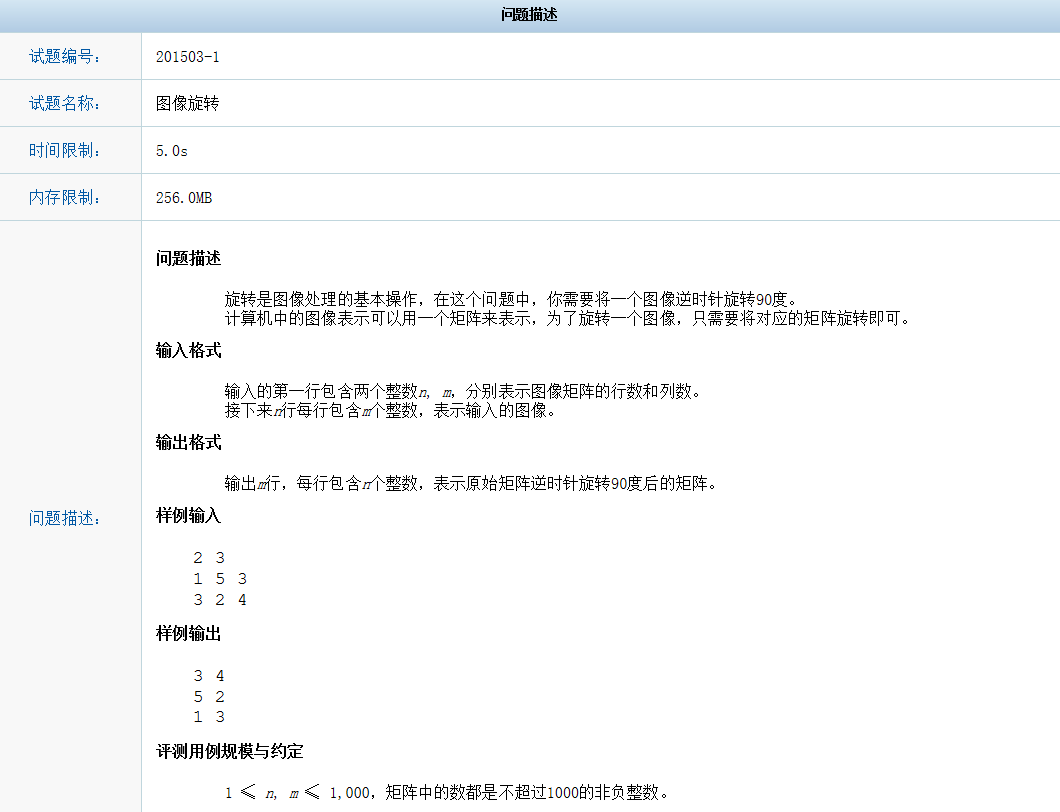Qt 多线程同步之互斥锁
生产者-消费者模型
1.QMutex
QMutex需要配对使用lock()和unlock()来实现代码段的保护

#ifndef MYTHREAD_H#define MYTHREAD_H#include <QThread>#include <QQueue>#include <QMutex>#include <QDebug>static int data = 100;static QQueue<int> que;static QMutex mutex;class Producer : public QThread{Q_OBJECTpublic:explicit Producer(QThread *parent):QThread(parent){}protected:void run(){for(int i=0;i<data;i++) //生产者生产的快{mutex.lock();que.enqueue(i);qDebug()<<"Producer produce: "<<QString::number(i);mutex.unlock();msleep(100);}}};class Customer : public QThread{Q_OBJECTpublic:explicit Customer(QThread *parent,int id):QThread(parent),m_id(id){}protected:void run(){while(true){mutex.lock();if(!que.isEmpty()){int num = que.dequeue();qDebug()<<"Customer"<<QString::number(m_id)<<" consume:"<<QString::number(num);}mutex.unlock();msleep(300);//生产者消费的慢}}private:int m_id = 0;};#endif // MYTHREAD_H
建立3个消费者和一个生产者
#include <QCoreApplication>#include "MyThread.h"int main(int argc, char *argv[]){QCoreApplication a(argc, argv);Producer producer(nullptr);Customer customer1(nullptr,1);Customer customer2(nullptr,2);Customer customer3(nullptr,3);producer.start();customer1.start();customer2.start();customer3.start();return a.exec();}
2.使用QMutexLocker
QMutexLocker是另外一个简化了互斥量处理的类。QMutexLocker构造函数接受一个互斥量作为参数并将其锁定,QMutexLocker的析构函数则将此互斥量解锁,所以在QMutexLocker实例变量的生存期内的代码段得到保护,自动进行互斥量的锁定和解锁。
#ifndef MYTHREAD_H#define MYTHREAD_H#include <QThread>#include <QQueue>#include <QMutex>#include <QMutexLocker>#include <QDebug>static int data = 100;static QQueue<int> que;static QMutex mutex;class Producer : public QThread{Q_OBJECTpublic:explicit Producer(QThread *parent):QThread(parent){}protected:void run(){for(int i=0;i<data;i++) //生产者生产的快{{QMutexLocker locker(&mutex);que.enqueue(i);qDebug()<<"Producer produce: "<<QString::number(i);}msleep(100);}}};class Customer : public QThread{Q_OBJECTpublic:explicit Customer(QThread *parent,int id):QThread(parent),m_id(id){}protected:void run(){while(true){{QMutexLocker locker(&mutex);if(!que.isEmpty()){int num = que.dequeue();qDebug()<<"Customer"<<QString::number(m_id)<<" consume:"<<QString::number(num);}}msleep(300);//生产者消费的慢}}private:int m_id = 0;};#endif // MYTHREAD_H



































还没有评论,来说两句吧...